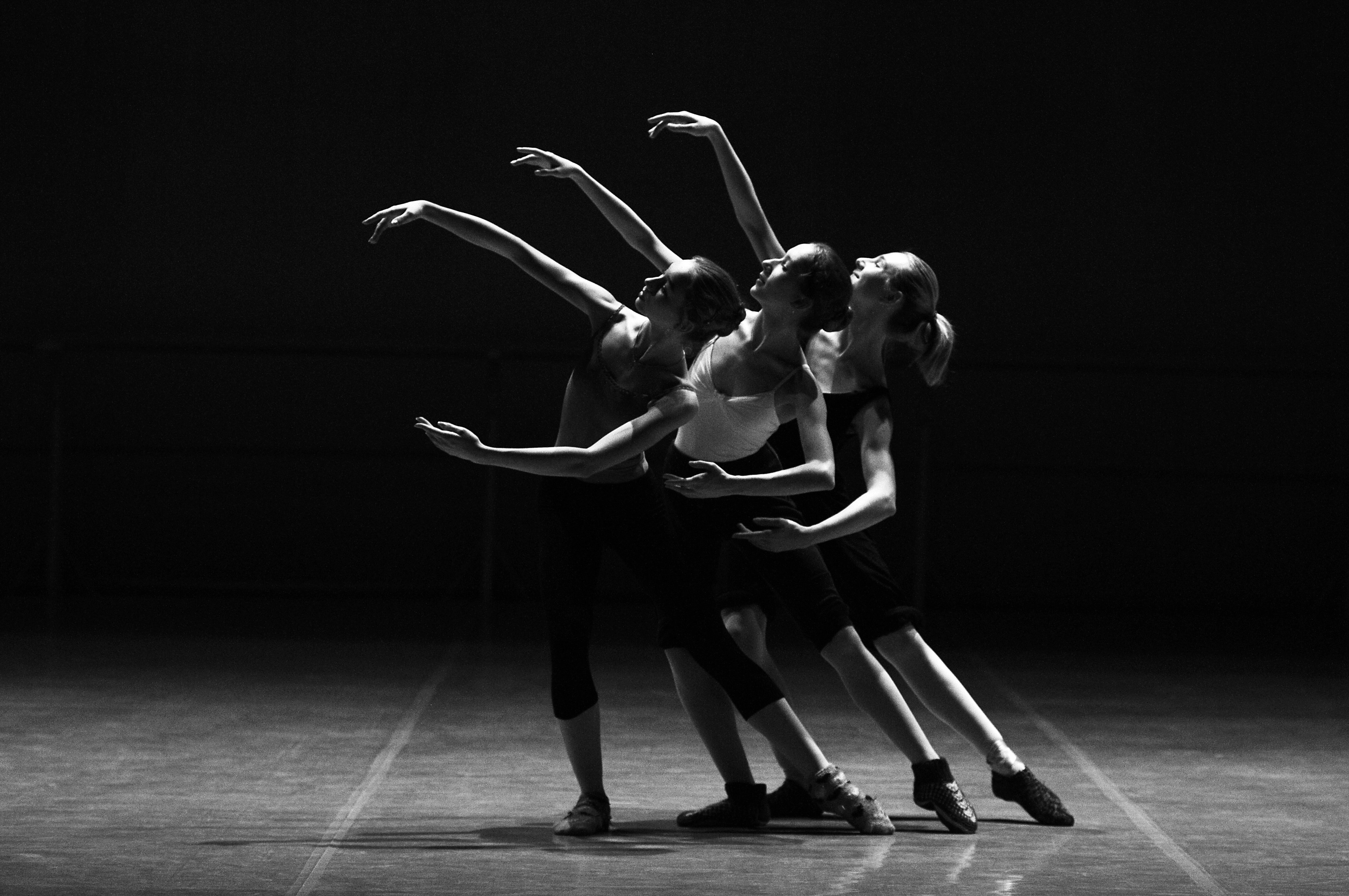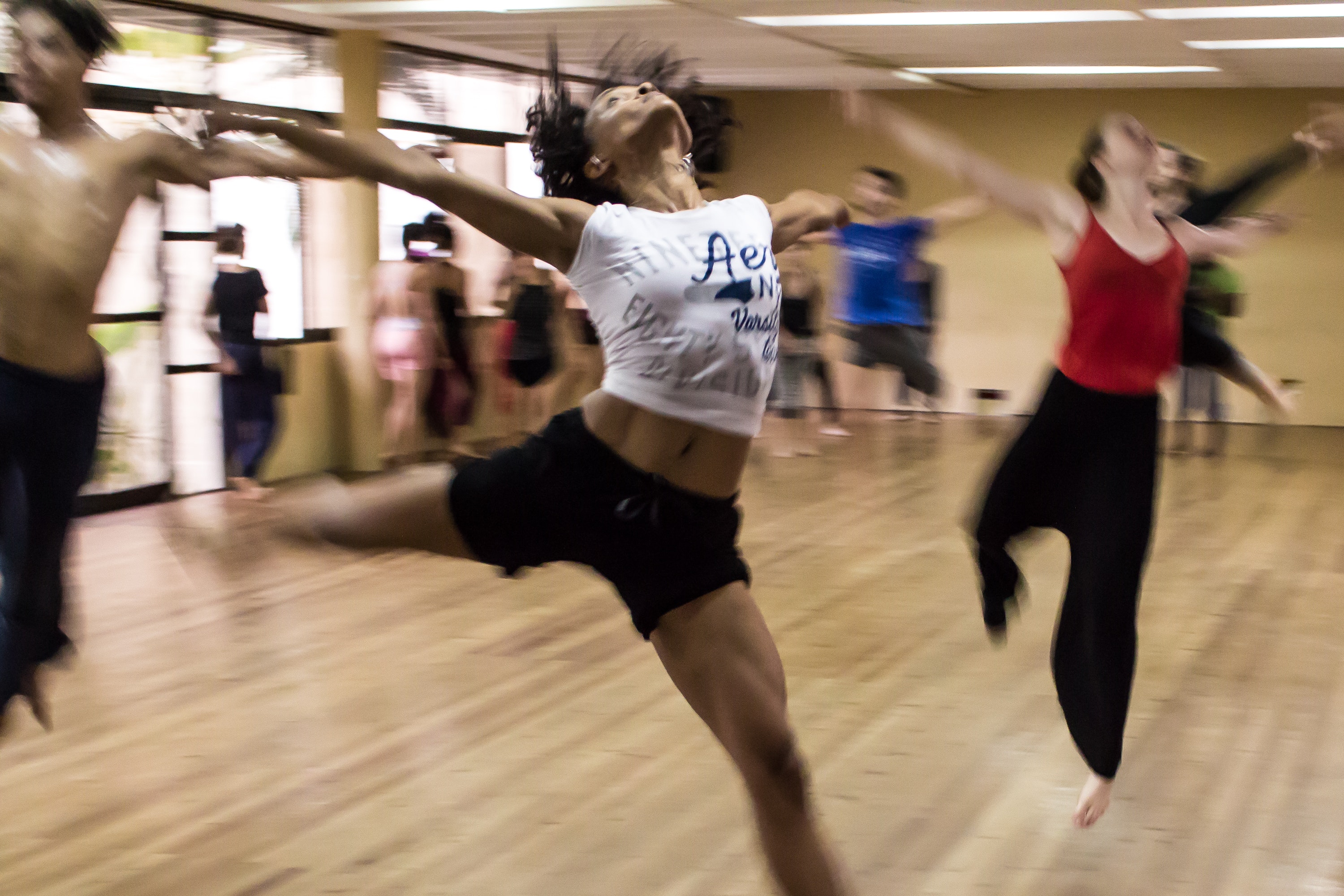Dance Injury Management
By Susan Simpson
DANCERS ARE ATHLETES
Dance is unique being both art and sport. Dancers are athletes who are artists and artists who are athletes.
Unlike many sports, dance has no seasonal breaks meaning a constant high level of fitness is required. In terms of duration, frequency and intensity, the training for dance is rigorous and unparalleled.
The dance community however, has been slow to react to the mounting evidence supporting the importance of health and fitness in relation to dance performance.
Dance is an art form in which the body is the instrument of expression. In seeking maximum style and technique, dancers often exceed their capacities, overstretching or abnormally compressing the body’s tissue. These forces result in injuries such as muscle strain, joint and ligament sprains, bruises, or even fractures and dislocations that may be temporary or permanent
Did You Know?
80% of dancers experience a disabling injury during their careers
65% of dance injuries are from overuse and 35% from accidents
90% of injuries occur when a dancer is fatigued
98% of dance injuries are treated non-operatively
Personal Profile
A good place to begin to evaluate your current physical condition and identify strengths and weaknesses is to run a checklist. To give you an idea, here are some of the questions you could ask yourself:
- How many hours of dance activity do I do each week? ß What styles of dance do I have technical experience in?
- Do I warm up before class, rehearsal or performance?
- Do I warm up properly?
- Do I warm down after dance activity?
- What type of conditioning activity do I partake in other than my dance classes? E.g. swimming, yoga, Pilates, gym aerobics…
- What previous injuries continue to affect me during dance activity? ß Do I have current injuries that are affecting me during dance activity?
- How would I describe my current physical condition?
By asking yourself some of these questions you can start to build a personal profile of yourself.
INJURY WARNING SIGNS
Dancers are often pushing their bodies to physical/anatomical limits. Human tissue is governed by the laws of mechanics in the same way as other materials. The most common forces affecting the human body are those produced by muscles and those occurring as a result of gravity, inertia and contact. When a force such as a push, pull or twist acts on an object, the force creates mechanical stress. This may cause tension, compression or shearing of tissue which may result in injury.
Injury Risk Factors
The causes of dance injuries are many and varied. They may range from faulty technique to a slippery floor to inadequate warm up prior to activity.
Risk factors for injury can be divided into 2 main groups.
Extrinsic factors - external
- Training error
- Type of dance activity
- Environment e.g. temperatures
- Equipment, such as too soft point shoes
- Workload e.g. being cast in a number of pieces
Intrinsic factors - internal
- Age
- Gender
- Body type
- Fitness
- Joint integrity
- Motor control (skill)
- Psychological factors e.g. performance anxiety
In general, the more risk factors a dancer has, the more likely she or he is to be injured. Consequently the aim of the dancer and teacher/choreographer is to reduce such risk factors to a minimum.
Physiological and Pain Responses
The body will initially respond to injury with a physiological response. Localised tissue damage causes mechanical and chemical changes in the tissue. This is often followed by heat, redness, swelling and pain. Ignoring these early warning signs by continuing to dance can result in further damage to the tissue, increasing the severity of the injury and prolonging the recovery time (and the return to dance activity).
It is often difficult for the dancer to know whether it is ok to continue dancing. Pain is the result of both sensory and emotional experiences and is associated with tissue damage or the probability that damage will occur. It serves as a warning sign for the body to withdraw from the painful stimulus, e.g. continued dancing, and therefore serves to protect the injured body part.
Pain can be experienced in many different ways. A description of pain can help to determine what structure may be involved (this is a guideline only):
- Ache inflammatory
- Sharp mechanical
- Deep bony, joint, referred e.g. neck referring to the shoulder
- Superficial muscular, ligamentous
- Throbbing vascular · Neural constant, pins and needles, numbness, sharp shooting
In general, pain that should not be ignored is that which occurs with an acute (traumatic) injury, pain that recurs during dance activity, gets worse and is still apparent after the activity ceases, night pain, or any pain that you are worried about.
Other types of pain, e.g. delayed onset of muscle soreness or residual muscle pain which occurs 24-48 hours after unaccustomed bouts of intense dance activity, may respond to continued gentle dance activity, gentle stretching, and/or correct warm up and warm down procedures.
Physiological Responses
The coping mechanism that a dancer uses with respect to injury is influenced by many different factors. These may include:
- personality (negative/positive)
- previous history of injury
- social support
- level of competition
- how serious the injury is perceived to be
The psychological reaction of a dancer to an injury is similar to that of a grief response and will evolve through a number of stages. Often the injury is likely to be met with denial which quickly turns to anger. With time the true significance of the injury becomes apparent to the dancer and depression sets in. Finally, acceptance is seen and the dancer takes a more constructive approach to the rehabilitation process.
DANCE INJURY MANAGEMENT
Immediate management can reduce the severity of an injury and therefore shorten the time away from dance. There are three main phases of Injury Management.
Phases of Injury Management
Initial Injury Phase: Week 1
In this phase a combination of Rest, Ice, Compression and Elevation is applied. Additionally, early intervention by a medical professional regarding diagnosis, treatment and management advice is appropriate.
Early Rehabilitation Phase: Weeks 26
Functional treatment and supervised exercise plans are appropriate during this phase.
Ongoing Rehabilitation/Prevention Phase: Week 6 & Ongoing
Load control and continued rehabilitation important at this stage to allow the dancer to return to full pain free dance activity. The most common time that injury recurs, is when the dancer feels 80-100% normal.
The ‘R I C E D’ Guideline
First contact treatment from time of injury up to 48/72 hours should consist of:
R I C E D
Rest
Ice
Compression
Elevation
Diagnosis
Rest: To protect the injured part from further injury you should stop dancing immediately. Functional rest can occur once a diagnosis is made, i.e. avoid activities which stress the injured tissue, other activities are allowed.
Ice: Ice should be applied preferably within 510 minutes of the injury occurring, and be kept on for 20 minutes to get the best physiological effect. The ice should then be reapplied every 23 hours for the first 48 hours. Ice is used to cool the tissue (cold induced analgesia, pain relief) and to reduce swelling, muscle spasm and bleeding.
Tips on applying ice:
- Never apply ice directly to the skin as this can cause an ice burn.
- Ice pack, frozen peas, ice cubes or gel packs wrapped in a damp towel or ice cubes in an insulated ice bag are best. If you do not have a towel, use damp clothing.
- Rub some massage cream onto the skin, e.g. bees’ wax, to act as a sealant and reduce the risk of ice burn if you do not have clothing or a towel. Do not use deep heat, tiger balm or liniment as a sealant.
- If possible, try to remove ballet stockings or leggings before icing. Do not remove clothing if this is too painful or if a more serious injury is suspected.
- Find a comfortable position and make sure the ice pack contours as well as possible to the affected body part to get maximum benefit.
Compression: This is used with ice to reduce swelling, e.g. bandaging, strapping, tubi grip, or air splinting. It should be sufficiently tight to limit the formation of swelling in the tissue but not to compromise blood flow to the area. Always check the skin colour below the compression, e.g. for an ankle injury check toenail colour it should go white if squeezed but normal pink colour should return in a few seconds if no compromise.
Elevation: This also reduces swelling and stops bleeding. Ideally the limb needs to be elevated above the level of the heart. Gentle exercise of the limb in a pain free range, e.g. ankle point and flex, will help to stimulate the muscle pump action aiding venous blood return and lymphatic drainage.
Diagnosis: If the pain or swelling gets worse, if you are unsure about what you have done or if you are unsure about how to manage the injury, consult a medical professional such as a doctor, physiotherapist or osteopath for advice. In particular, to exclude serious injury, e.g. fracture, ask about appropriate pain medication and which treatment would be most beneficial.
The ‘H A R M’ Factors
In addition to applying the RICED principle, it is also important to avoid the ‘H A R M’ factors in the first 4872 hours following injury.
H A R M
Heat
Alcohol
Running
Massage
Heat: A common mistake dancers make is to heat rather than ice an injured area. As described earlier, initial icing is important in reducing swelling, muscle spasm and/or bleeding. Heat will increase bleeding at the injured site and will also increase swelling. This means you should avoid hot water bottles, heat packs, hot showers/baths and liniments, e.g. deep heat.
Alcohol: Drinking alcohol will increase bleeding and swelling at the injured site and this will ultimately delay the healing process. In addition, it can mask the pain of your injury and its severity causing you to damage the injured area further.
Running/Dancing: Continuing to dance with an injury can increase its severity through further bleeding and tissue damage. Stop dancing immediately upon injury, and only return to dance activity after discussion with a medical professional.
Massage: Again, a common mistake that dancers make is to to massage the injured area immediately after the injury has occurred. Massage in the first 48 - 72 hours will increase bleeding and swelling and delay the healing process. Massage after this time may be appropriate.
Applying the RICED and HARM principles as soon as an injury occurs will help relieve initial symptoms, speed recovery and ultimately shorten your time away from dance.
WEBSITES FOR FURTHER INFORMATION
There is a lot of conflicting advice about how to best manage an injury. For more specific and individual information you should consult a medical professional.
For general advice these websites have useful information:
www.acc.co.nz/preventing-injury/keeping-you-safe/
www.iadms.org – for common dance injuries: Spine, Elbow, Wrist, Hand, Hip, Knee, Thigh, Foot, Ankle
www.prixdelausanne.org – read the supporting seminars from the 2003 Prix de Lausanne
Download the resource Dance Injury Management



